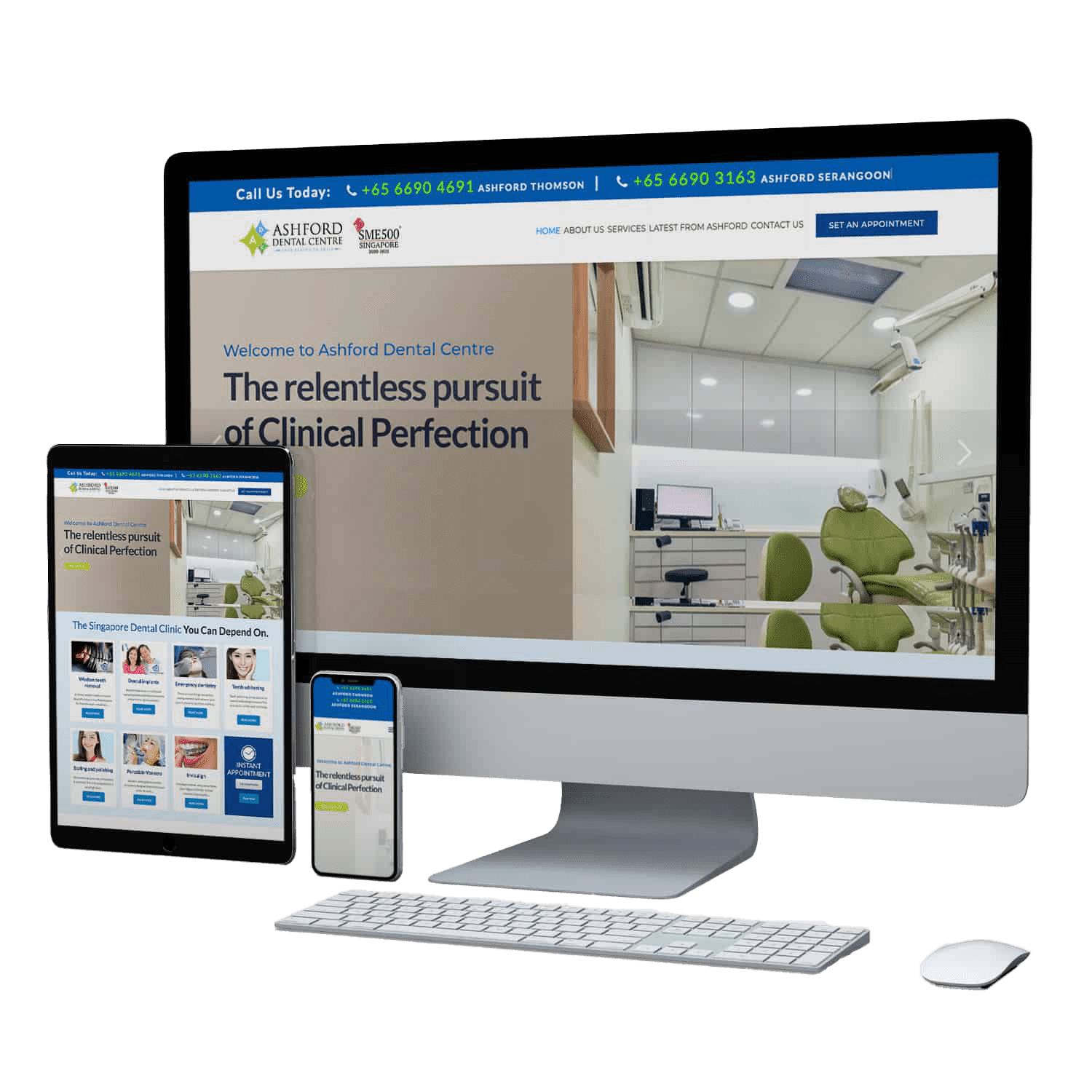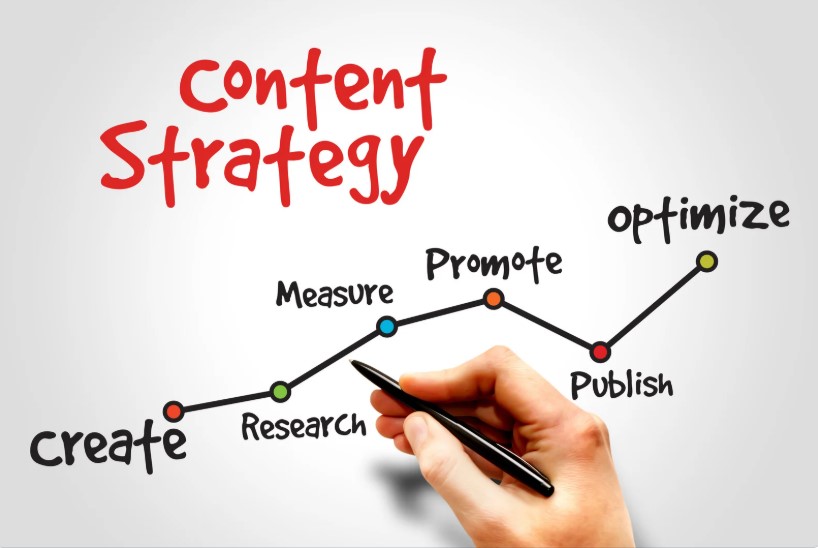Understanding the Basics of Appointment Setting
Appointment setting for beginners is one of the most valuable skills in the world of sales and business development. It’s the process of connecting with potential clients, understanding their needs, and scheduling a meeting that could lead to a sale or partnership. Many people think appointment setting is simply about cold calling, but it’s actually a combination of strategy, communication, and relationship building. The goal is not to force a sale but to create opportunities for meaningful conversations. Successful appointment setters understand that every call or email is a step toward building trust. When done right, this process helps you build a steady flow of qualified leads. The more you master it, the more efficient and confident you’ll become in securing valuable meetings that can grow your business.
Why Appointment Setting Matters in Today’s Business Landscape
In a world where competition is high, appointment setting plays a crucial role in connecting businesses with potential clients. Without it, even the best products or services might go unnoticed. Appointment setting for beginners helps bridge the gap between marketing and sales by turning interest into actionable meetings. It provides structure and ensures that outreach efforts are productive rather than random. Moreover, it keeps your pipeline full and ensures your team always has new opportunities to work with. Many modern companies rely on appointment setters to qualify leads before passing them to sales teams. This not only saves time but also increases the chances of closing deals. When beginners understand its importance, they start treating appointment setting as a professional craft, not just a routine task.
Core Skills Every Beginner Appointment Setter Should Develop
To succeed in appointment setting for beginners, mastering certain skills is non-negotiable. Communication is at the heart of this process—you must know how to listen actively and respond thoughtfully. Confidence plays a huge role too, as you’ll often be reaching out to strangers who may not expect your call. Another vital skill is crafting clear and persuasive messages that grab attention without sounding pushy. Organization is equally important since you’ll handle multiple leads and follow-ups daily. Time management allows you to prioritize tasks effectively, ensuring no lead is left unattended. Finally, resilience matters because rejection is part of the journey. When you learn to handle objections positively, you become a stronger and more successful appointment setter.
Step-by-Step Process of Appointment Setting for Beginners
The process of appointment setting might seem intimidating at first, but it becomes easier when broken into simple, actionable steps. The first step is research. Learn who your target audience is, understand their pain points, and identify key decision-makers. The second step involves creating a compelling outreach strategy—one that feels personal and relevant to each prospect. When making initial contact, choose the right channel, whether it’s a phone call, email, or LinkedIn message. The next step is effective follow-up. Persistence is key, but timing matters. Don’t follow up too soon or too late. Once you’ve built interest, focus on scheduling the appointment by suggesting specific times and confirming details. Lastly, use CRM tools to manage your pipeline, track communication history, and monitor your progress. Each of these steps builds consistency and confidence over time.
Tools and Software That Make Appointment Setting Easier
Technology makes appointment setting much more efficient, especially for beginners. Using the right tools can save hours of manual work and increase your productivity. Customer Relationship Management (CRM) platforms like HubSpot, Zoho, or Pipedrive help you organize leads, track calls, and follow up automatically. For scheduling, tools like Calendly and Google Calendar simplify the booking process and prevent double bookings. Email automation platforms such as Mailchimp or Lemlist allow you to send personalized emails at scale. You can also use integrations that sync your CRM with your calendar or email system to streamline workflows. By combining these technologies, you can focus more on building relationships and less on administrative tasks. The right tools help beginners stay organized and consistent, which are two key elements of successful appointment setting.
Common Mistakes Beginners Make and How to Avoid Them
Even the most enthusiastic beginners can stumble when learning appointment setting. One of the biggest mistakes is over-relying on scripts and sounding robotic. It’s important to sound natural and conversational during every call. Another common mistake is skipping research and contacting leads without preparation. When you know nothing about the person or company, it’s easy to lose credibility. Some beginners also fail to follow up properly—either they give up too soon or they keep calling too often, which can turn prospects off. Tracking your progress is another often-overlooked step. Without notes or CRM records, it’s hard to know what was discussed and when to follow up again. Lastly, many beginners forget to analyze their results, which means they keep repeating the same errors. Avoiding these mistakes helps you grow faster and develop a professional edge.
Measuring Success and Improving Performance
To improve your appointment setting skills, you must measure your progress regularly. Tracking performance helps you identify what works and what doesn’t. Key metrics include the number of calls made, emails sent, meetings booked, and conversion rates. It’s also important to evaluate how many appointments actually lead to meaningful discussions. Setting clear daily or weekly goals keeps you motivated and consistent. Feedback from colleagues or supervisors can also highlight areas for improvement. When you analyze your data, look for trends such as which times of day yield better responses or which messaging styles get the most engagement. Continuous improvement is the secret to long-term success. Appointment setting for beginners is not just about working hard—it’s about working smart and refining your approach over time.
Building Long-Term Relationships Beyond the Appointment
Setting the appointment is just the beginning; maintaining the relationship is where true success happens. Once you’ve scheduled a meeting, focus on adding value to your prospect. Follow up after the meeting with a personalized message that reinforces your commitment to helping them. Always be respectful of their time and preferences. Building rapport can lead to referrals, repeat business, and stronger professional connections. Here are a few practical ways to strengthen relationships after the first meeting:
- Send a quick thank-you message summarizing key discussion points
- Offer helpful resources or insights related to their challenges
- Stay in touch through occasional check-ins without being pushy
- Keep your promises and deliver what you say you will
When you nurture these connections, you create trust that lasts. Appointment setting is about creating partnerships, not one-time transactions. Over time, your name becomes associated with reliability and professionalism.
Frequently Asked Questions (FAQ)
1. How many appointments should a beginner aim to set each week?
It depends on your industry and target market, but a realistic goal for beginners is around 5–10 quality appointments per week. Quality matters more than quantity.
2. What’s the best way to deal with constant rejections?
View rejections as learning opportunities. Every “no” gets you closer to a “yes.” Review your scripts, adjust your tone, and practice empathy in conversations.
3. Is cold calling still effective for appointment setting?
Yes, cold calling remains effective when done strategically. Personalized messages and a confident, helpful tone can still make a big impact.
4. How long should I wait before following up with a lead?
Wait at least 2–3 business days before sending a follow-up message. Consistency and proper timing help maintain interest without overwhelming the prospect.
5. What’s the easiest CRM tool for beginners to start with?
HubSpot is often recommended because it’s user-friendly, offers free features, and integrates with many other business tools.
Takeaway
Appointment setting for beginners is more than just a sales activity—it’s a skill that blends communication, organization, and persistence. By mastering this process, you can open new doors for business growth and develop stronger professional relationships. Every call, email, and follow-up builds your confidence and reputation. Use the right tools, track your progress, and learn from every interaction. Most importantly, remember that success comes from consistency and a genuine desire to help others. With time and practice, you’ll not only book more meetings but also build a career rooted in trust and opportunity.















